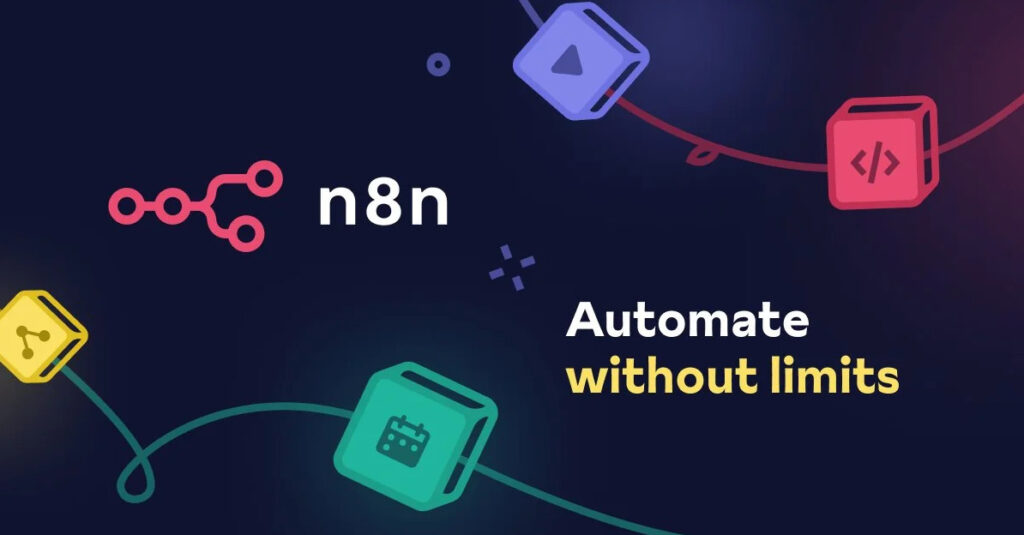Ever wondered how you can keep your website up and running smoothly without constantly checking it yourself? Well, let me introduce you to a game-changer: UptimeRobot. And if you’re using n8n, you’re in luck because integrating UptimeRobot with n8n is easier than you think. Today, I’m going to walk you through setting up your UptimeRobot credentials using an API key. Trust me, this is going to save you a ton of time and headaches.
First things first, you need to create an account with UptimeRobot if you haven’t already. It’s quick, it’s easy, and it’s the first step to automating your website monitoring. Once you’re in, you’ll want to dive into the My Settings > API Settings section. This is where the magic happens. UptimeRobot supports different types of API keys, but for full functionality with n8n, you’re going to want the Main or Account-specific type. Why? Because these keys give you access to all the operations you’ll need in the UptimeRobot node.
Understanding UptimeRobot API Key Types
Let’s break down the different API key types you’ll encounter:
- Account-specific (also known as Main): This is your go-to key. It pulls data for multiple monitors, giving you a comprehensive view of your site’s performance.
- Monitor-specific: If you’re only interested in one specific monitor, this key is for you. It’s more limited but perfect for focused monitoring.
- Read-only: As the name suggests, this key can only run GET API calls. It’s great for checking data but won’t let you make changes.
So, which one should you use? If you want to leverage all the capabilities of the UptimeRobot node in n8n, go for the Main or Account-specific key. It’s the key that unlocks the full potential of your monitoring setup.
Setting Up Your UptimeRobot Credentials in n8n
Now, let’s get into the nitty-gritty of setting up your UptimeRobot credentials in n8n. Here’s how you do it:
- Create a Main API Key: Head over to My Settings > API Settings in UptimeRobot and generate your Main API Key.
- Enter the Key in n8n: In n8n, go to your credentials section and enter the API key you just created. This is what will authenticate your UptimeRobot node.
Wondering how this works? It’s simple. Once you’ve entered your API key, n8n will use it to authenticate and pull data from UptimeRobot. This means you can automate tasks like checking your site’s uptime, setting up alerts, and more, all within the n8n platform. It’s like having a personal assistant for your website, and who doesn’t want that?
Maximizing Your UptimeRobot Integration
So, you’ve got your credentials set up. Now what? Here’s where you can really start to see the benefits. With UptimeRobot integrated into n8n, you can:
- Automate uptime checks and receive instant notifications if your site goes down.
- Set up workflows that trigger actions based on your site’s performance.
- Monitor multiple sites from one dashboard, saving you time and effort.
And here’s the kicker: by using the Main or Account-specific API key, you’re not just monitoring; you’re taking control. You can pull data for multiple monitors, which means you get a holistic view of your online presence. It’s like having a bird’s-eye view of your digital empire.
On the other hand, if you’re only interested in one specific monitor, the Monitor-specific key can be a good choice. It’s more focused but still incredibly useful. And if you just need to check data without making changes, the Read-only key is your friend.
Wrapping Up
So, there you have it. Setting up your UptimeRobot credentials in n8n is straightforward, but it’s also incredibly powerful. By using the right API key, you can unlock a world of automation and monitoring that will keep your site running smoothly. And let’s be real, in today’s fast-paced digital world, every second counts.
Ready to take your website monitoring to the next level? Dive into n8n and start integrating UptimeRobot today. And hey, if you’ve found this guide helpful, why not check out our other resources? We’ve got plenty more tips and tricks to help you dominate your online presence.





